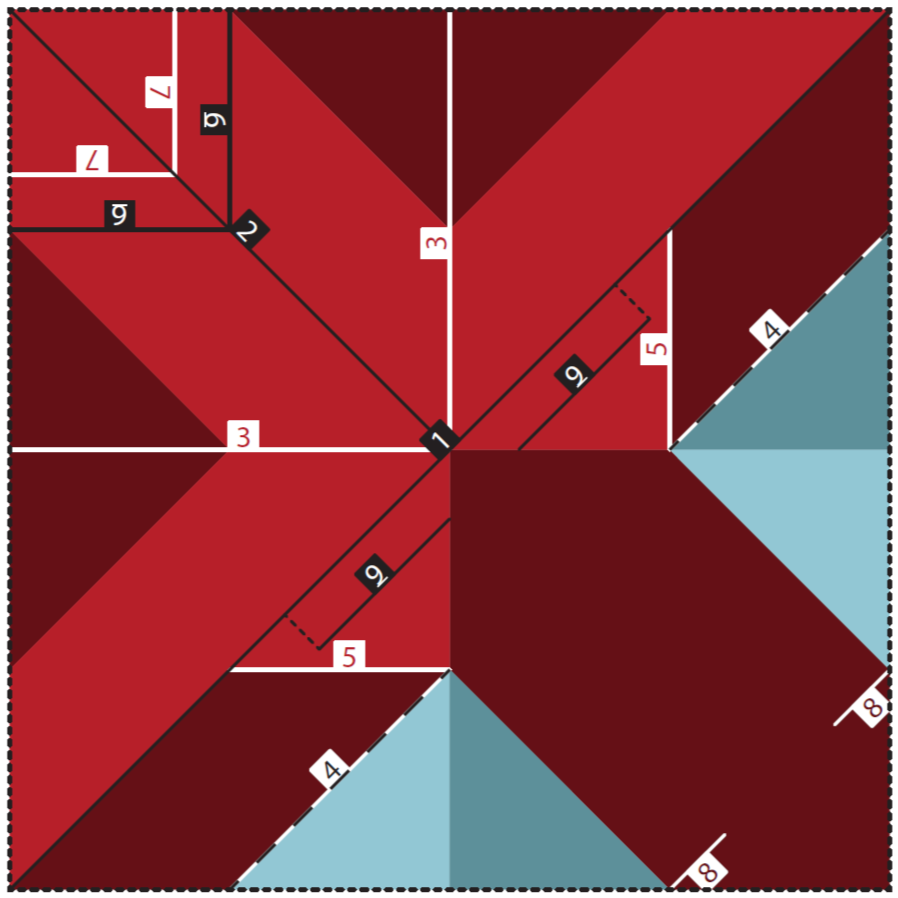Why Origami is Great for You
Behavioral skills: Origami is an example of “schematic learning through repeatable actions”. To be successful, the student must watch closely and listen carefully to specific instructions and then carry them out with neatness and accuracy. For many, this way of learning engenders a patience that leads to pride in one’s work, the ability to focus energy, and increased self-esteem.
Cooperative Learning: Origami is well-suited to working with large classrooms and in a multi-age setting. Paper folding tends to eliminate the status associated with age and often younger children can be in a position to teach the older ones. Many people report that children who do not “star” in other places are often quick to learn origami and help their classmates master the steps.
The Bridge to Math: Transforming a flat piece of paper into a three-dimensional figure is a unique exercise in spatial reasoning. What happens when you unfold an origami model? Can you see the symmetry in the crease patterns? Manipulating paper with their hands helps children learn concepts that may otherwise seem abstract. In addition, paper folding allows students to create and manipulate basic geometric shapes such as squares, rectangles, and triangles.
Cognitive Development: Through the actual folding, children use their hands to follow a specific set of steps in sequence, producing a visible result that is at once clever and pleasing. The steps must be performed in a prescribed order and with a fine attention to detail to yield a successful outcome – an important lesson not only in origami, but in life.
Multi-cultural Awareness: Rooted in Asia, origami reflects the ingenuity and aesthetics of Japanese culture. By participating, students gain appreciation of a different culture, perhaps opening a doorway to further exploration and increased tolerance.








